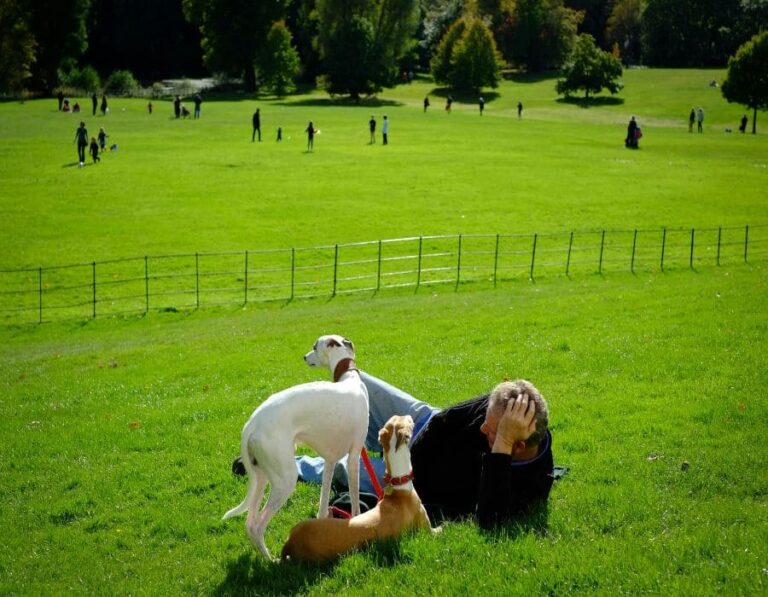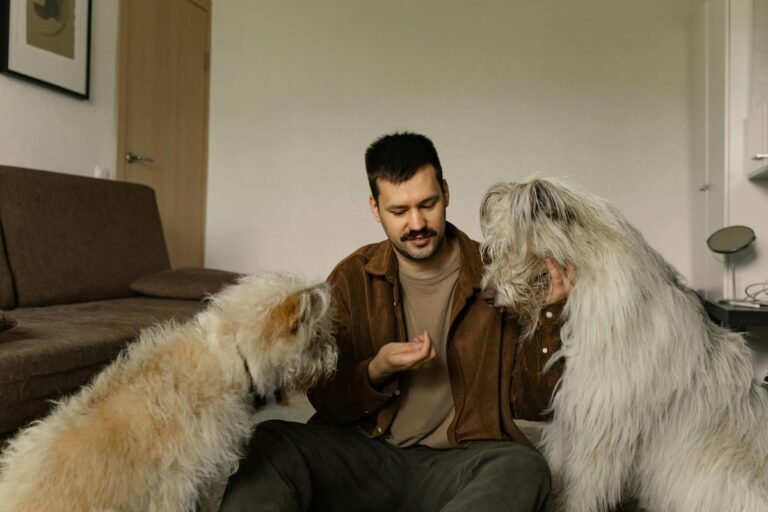Is Your Dog’s Behavior Normal? Understanding Common Pet Quirks
Every dog has its unique personality, but some behaviors can leave owners wondering whether they’re typical or signs of a problem. Dogs express themselves through a wide range of actions, from playful habits to curious quirks, many of which are perfectly normal. Understanding these behaviors helps you build a stronger bond with your pet and address any issues early on. Here’s a guide to common dog behaviors and insights into whether they are normal quirks or cause for concern.
1. Tail Chasing
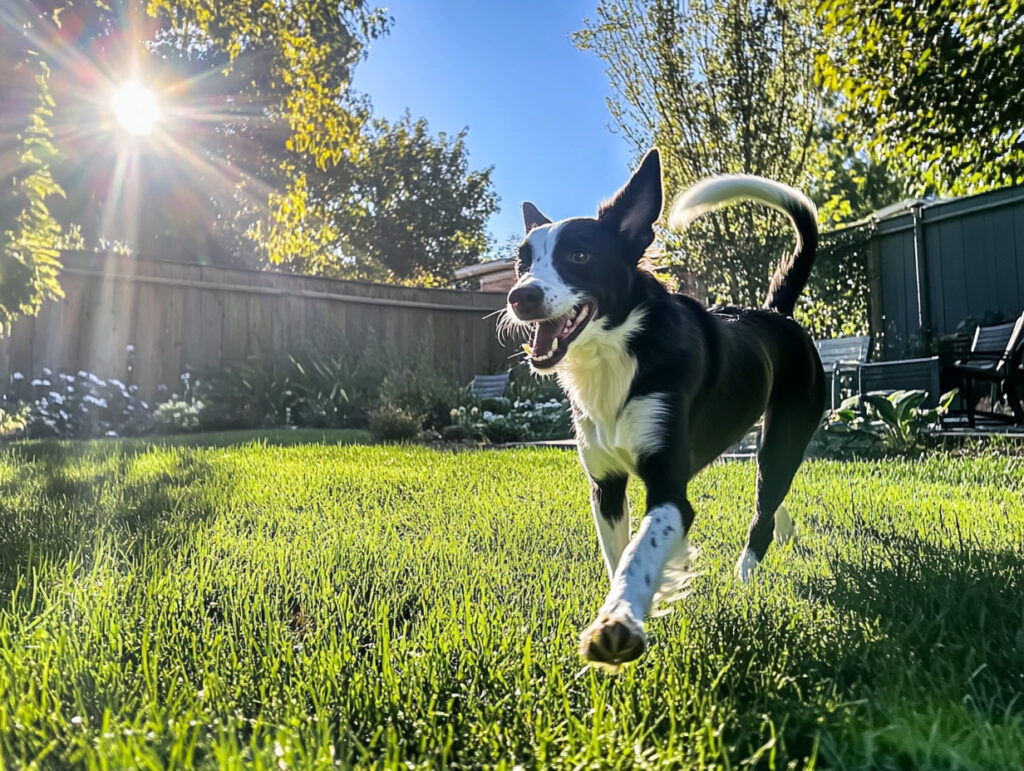
Chasing their tail is a behavior many dogs display at some point. For most, it’s a playful, attention-seeking action. However, excessive or obsessive tail chasing might signal boredom, anxiety, or compulsive behavior.
2. Eating Grass
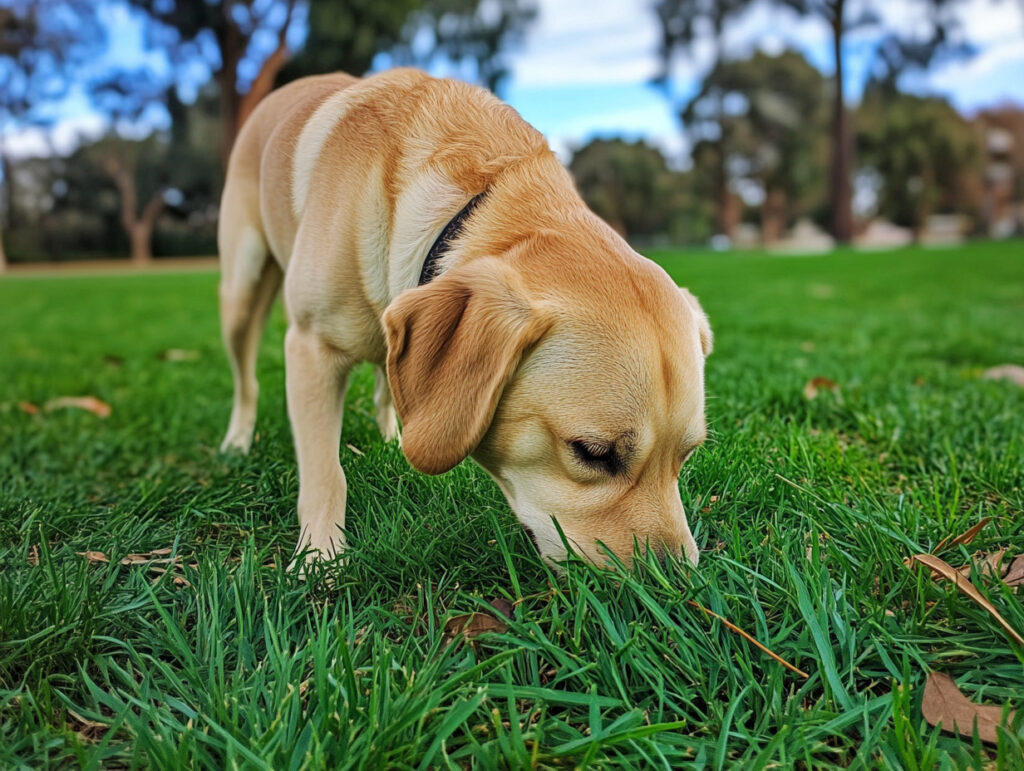
Many dogs occasionally eat grass, which is usually harmless. Some theories suggest they do this to aid digestion or because they enjoy the taste. If your dog eats large amounts of grass frequently and vomits afterward, consult your vet to rule out underlying health issues.
3. Zoomies
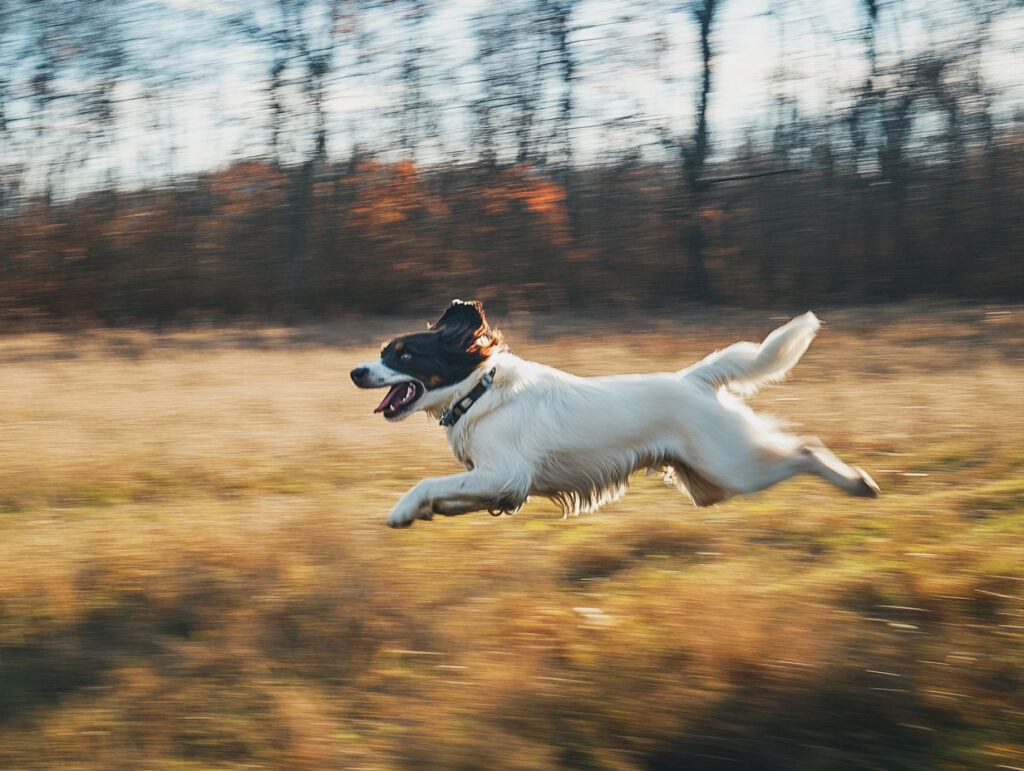
Sudden bursts of energy, known as “zoomies,” are normal and often happen when dogs are excited or after a nap. This frenetic running and spinning is a natural way for dogs to release pent-up energy.
4. Sniffing Everything
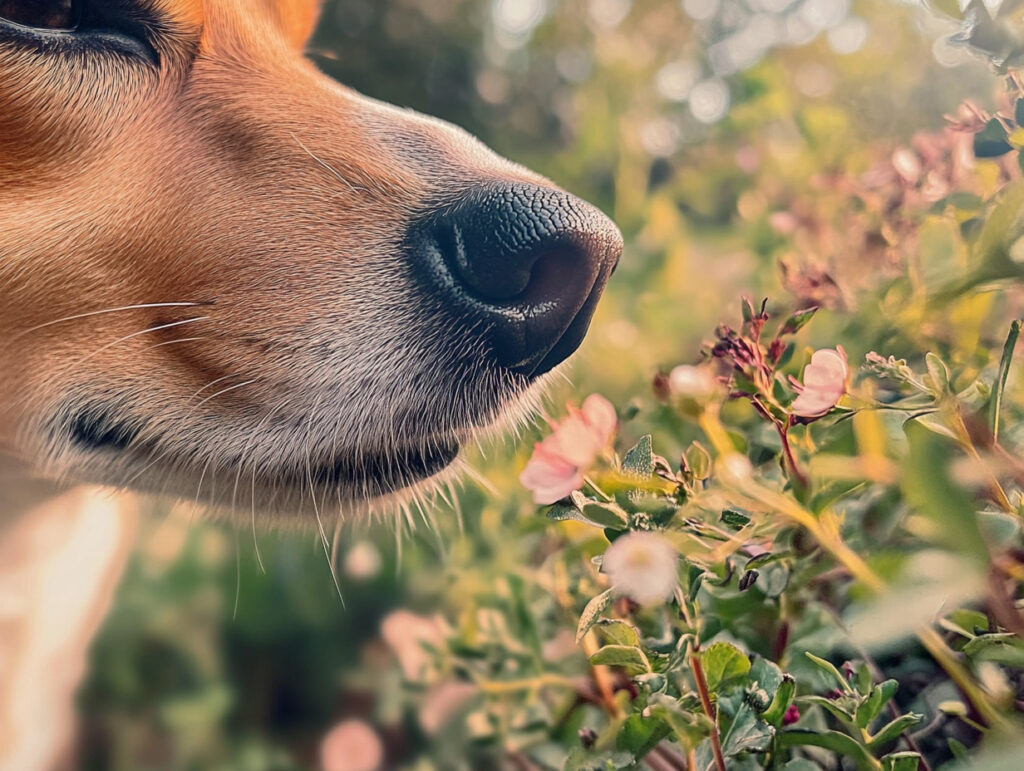
Dogs explore the world primarily through smell. Excessive sniffing is natural and helps them gather information about their environment. While it may slow down your walks, it’s an important part of their behavior.
5. Nose Nudging

When your dog nudges you with their nose, it’s usually a sign of affection or a request for attention. It’s a gentle and normal way dogs communicate with their owners.
6. Chewing

Chewing is a natural behavior, especially for puppies exploring their surroundings and teething. Adult dogs also chew to relieve boredom or stress. Providing appropriate chew toys can help prevent damage to household items.
7. Digging
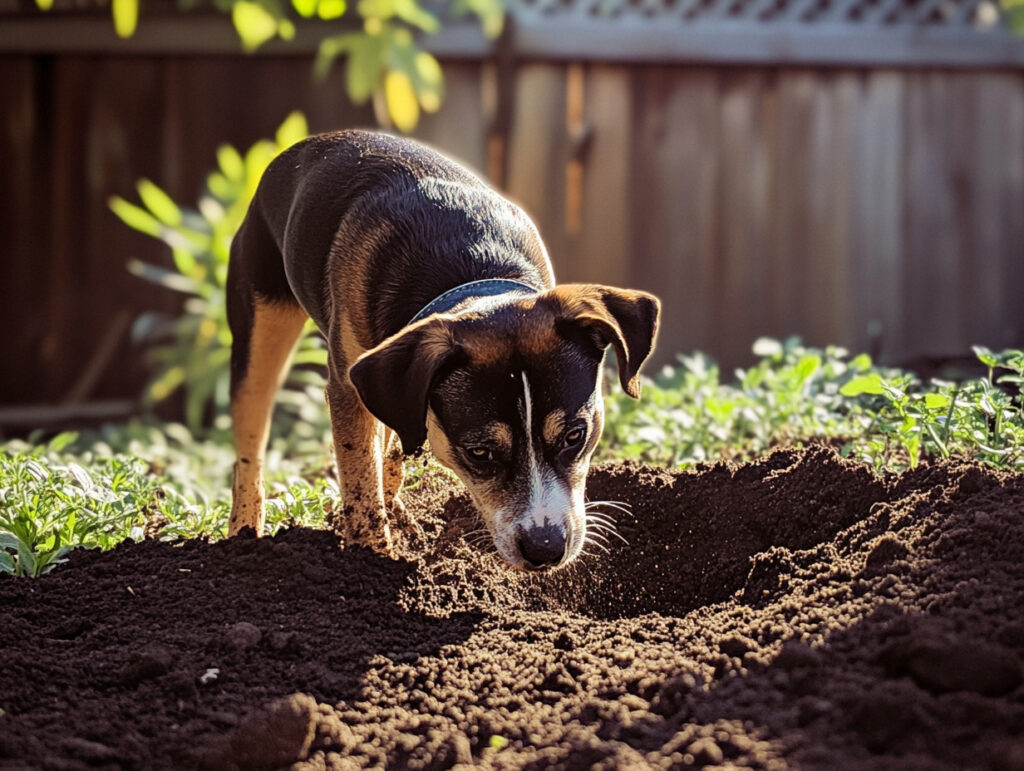
Digging can be instinctual, especially in breeds with hunting backgrounds. While occasional digging is normal, excessive digging might indicate boredom or anxiety.
8. Howling

Howling is a form of communication for dogs, used to express emotions or respond to sounds. While some breeds howl more than others, excessive howling could indicate loneliness or distress.
9. Licking
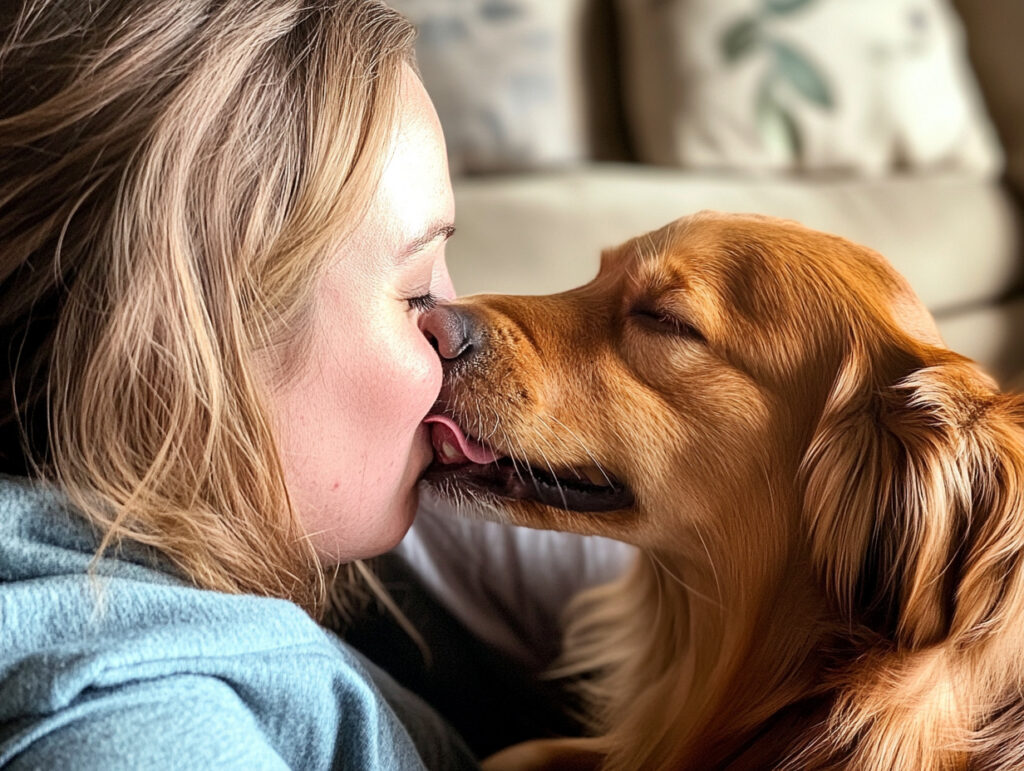
Dogs lick to show affection, explore, or soothe themselves. While frequent licking of people or objects is normal, excessive licking of their own body might indicate allergies or anxiety.
10. Head Tilting

Dogs often tilt their heads when they hear unfamiliar sounds or are trying to understand something. It’s a charming and typical behavior that shows curiosity and engagement.
When to Be Concerned

Most quirky behaviors are harmless, but if you notice sudden changes, repetitive compulsions, aggression, or signs of anxiety and distress, it’s time to consult a veterinarian or professional trainer. Behavioral problems left unchecked can worsen and impact your dog’s quality of life.
Embracing Your Dog’s Unique Personality

Understanding your dog’s behaviors helps deepen your relationship and ensures their happiness. Celebrate their quirks as part of what makes them unique, and stay attentive to any signs that may need professional attention. With patience and care, you can enjoy a harmonious and joyful life with your furry friend.






